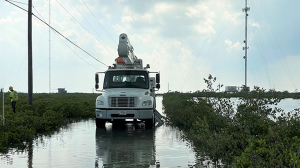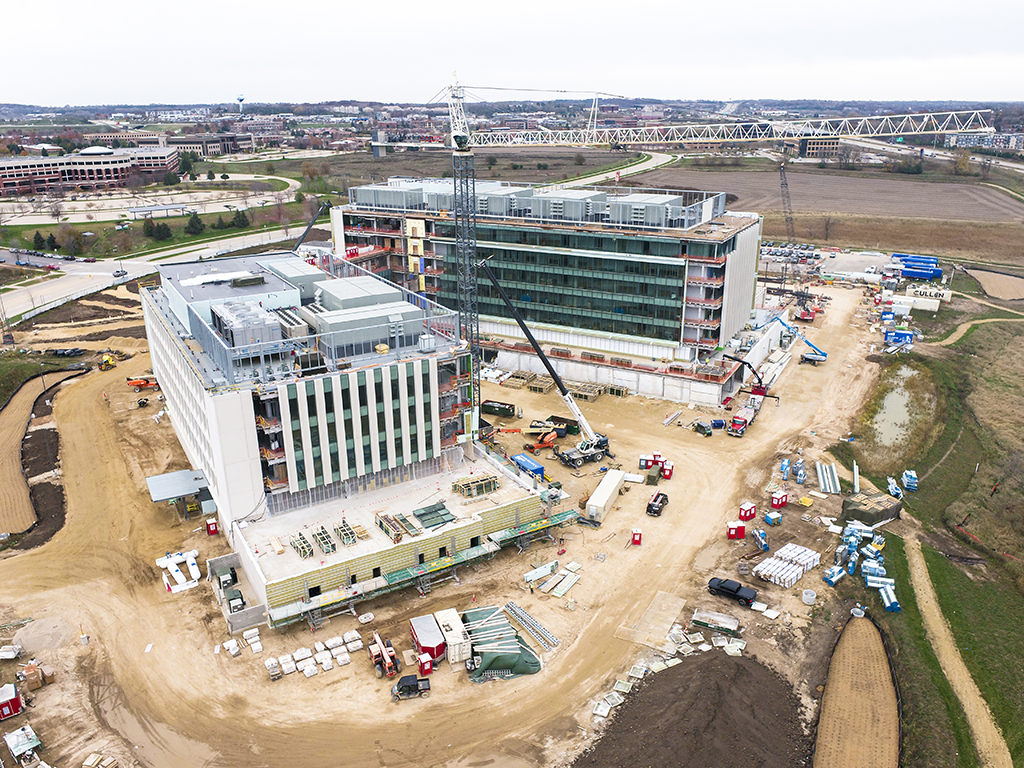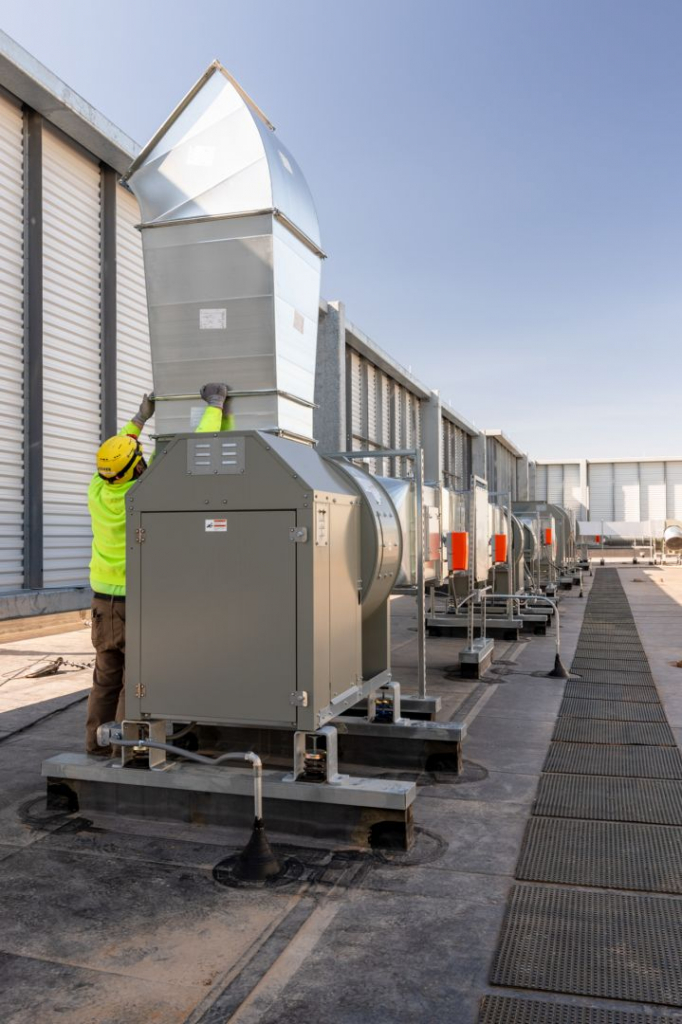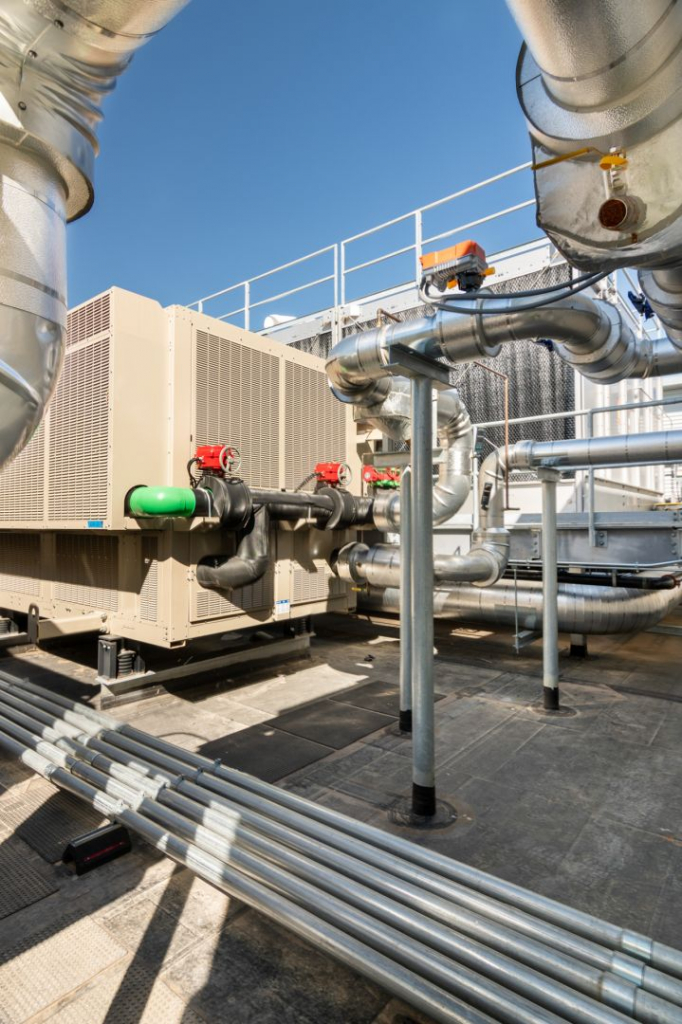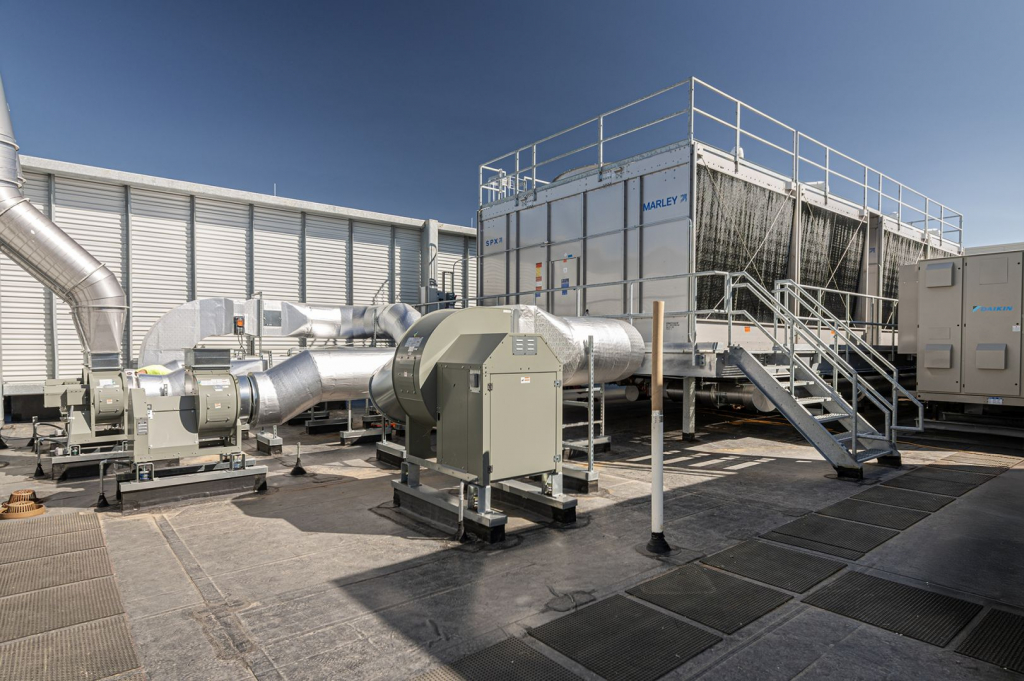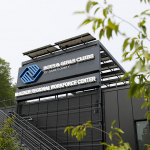Critical Distribution Pole Replacement
Location: Key West, Florida
Areas of Expertise: Transmission
Hooper’s Electric Power Division (EPD) in Florida partnered with Keys Energy Services (KEYS) to replace approximately 112 wood distribution poles with ductile iron structures to improve the reliability of the utility company’s 13.8 kV system. The work took place on the main island of Key West and on other islands leading up to the Seven Mile Bridge. Hooper completed the project in May 2024.
The Florida Keys are a 125-mile-long chain of islands linked by Florida’s Overseas Highway, which consists of 42 bridges spanning the Atlantic Ocean. Despite the idyllic location, Hooper crew members faced several challenges, from the remote location and high volume of tourists to difficult environmental conditions.
The island of Key West, only eight square miles in size, was densely populated with narrow streets often crowded with tourists—an estimated five million people visited the island each year. The high travel season lasted from January to May, and when tourism slowed from June to November, hurricane season intensified. The Florida Keys, sitting less than 20 feet above sea level, featured sandy soil, coral rock, and tidewater, all of which were important considerations during construction.
The coastal environment proved harsh, with the potential for devastating winds, storm surges, and the ever-present risk of flooding—all of which the crews experienced on their first day at the job site. Saltwater, known for being corrosive, damaged wood, concrete, and steel poles. The iron ductile poles provided corrosion- and oxidation-resistant qualities that helped extend the lifespan of the structures. Additionally, the ductile poles were made from recycled materials and could be recycled and reused as well.
The pole replacement project also included work on the United States Naval Air Station in Key West. Hooper crews were granted access to the base, a state-of-the-art facility supporting combat fighter aircraft from all military branches, as well as naval training and surveillance radar. The base is home to approximately 5,200 service members and their families.
The project improved the lifespan of the power structures, reduced the carbon footprint, and strengthened reliability for residents, military personnel, and the millions of visitors who traveled to the Florida Keys each year.

